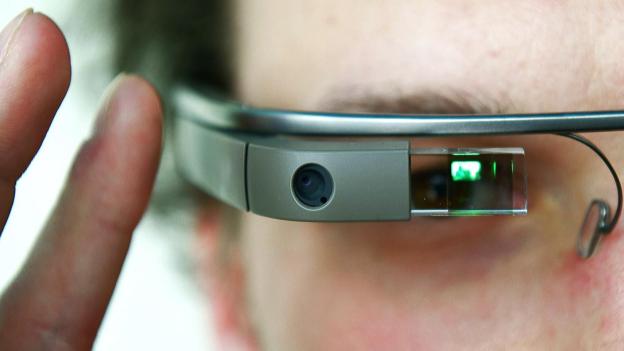
Google’s Project Glass team recently sent out a quick update to its followers on Google+, and it seems like some of the worries about the device’s facial recognition could be put to rest for the time being.
“We’ve been listening closely to you, and many have expressed both interest and concern around the possibilities of facial recognition in Glass,” the team said. “We won’t add facial recognition features to our products without having strong privacy protections in place. With that in mind, we won’t be approving any facial recognition Glassware at this time.” They concluded the brief message by promising to evolve Glass’s policies and software in the months to come.
We applaud Google’s decision here, though we can’t help but wonder if this is more because of the response to Google Glass, or the vehement backlash against Microsoft over the Xbox One and its astoundingly invasive privacy issues. Google Glass Explorer Editions have been out there for a while now, and the potential for facial recognition has been one of the public’s principle concerns about the device.
Google has been experimenting with object recognition (related to facial recognition) for a while. For those of you out there who haven’t used Google Goggles to your phones, it’s pretty useful for identifying store-specific merchandise and such, telling you the exact name of whatever product you might be taking a picture of in seconds, and often offering links to buy it online. But Goggles isn’t restricted to merchandise – try taking a few shots of the art or statues around your town – there’s a really good chance Goggles will be able to identify who put it there, and when.
One Glass user we talked to at Google I/O told us that “spying” with would be tougher with Glass than with a phone, but it’s not really so hard to see how social network-based facial recognition software of that type in a consumer-grade sunglass device could be a little off-putting.


